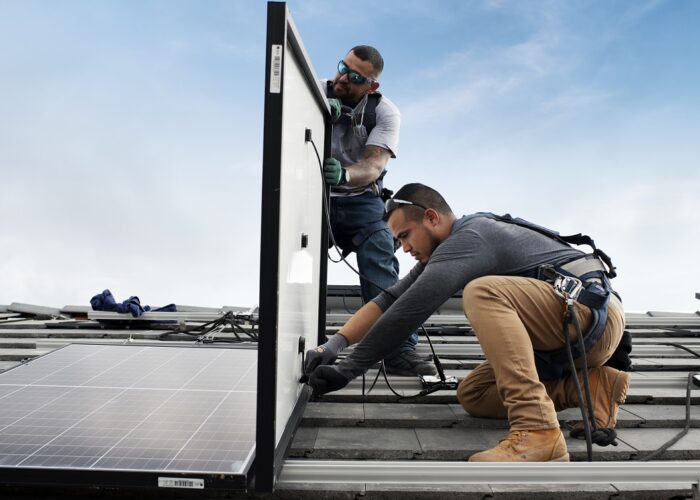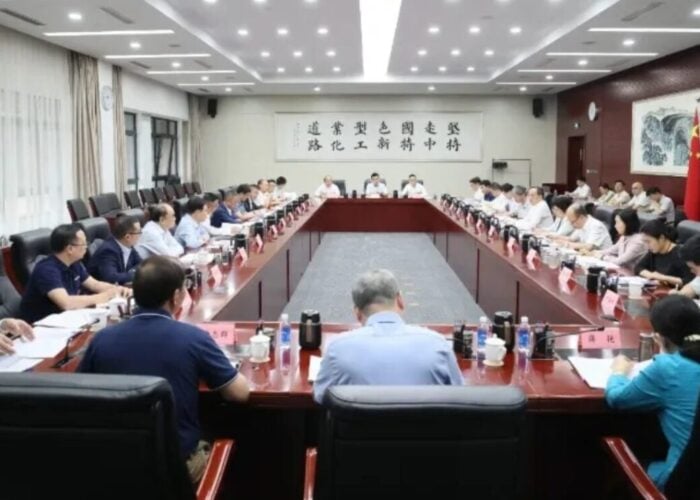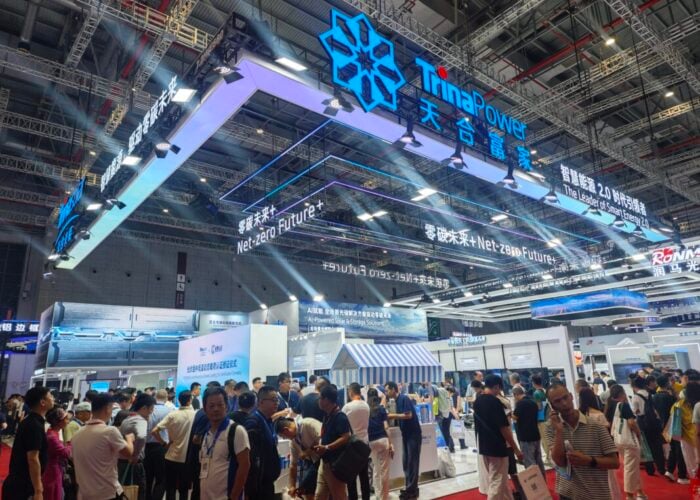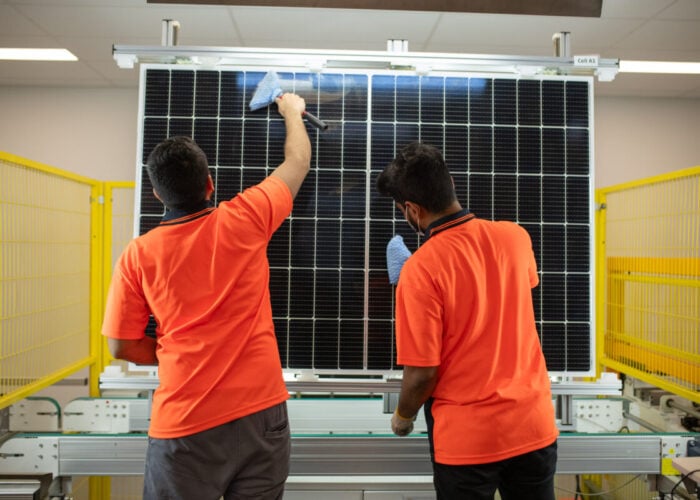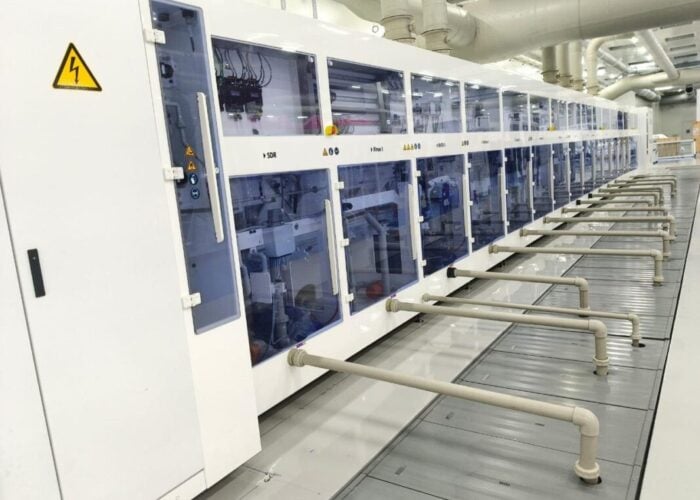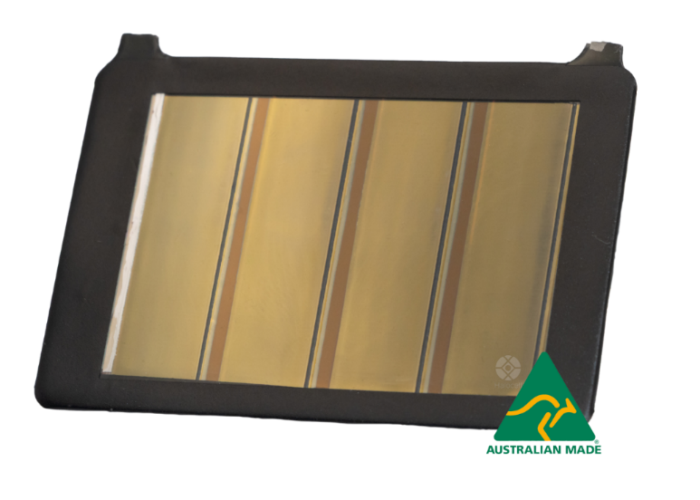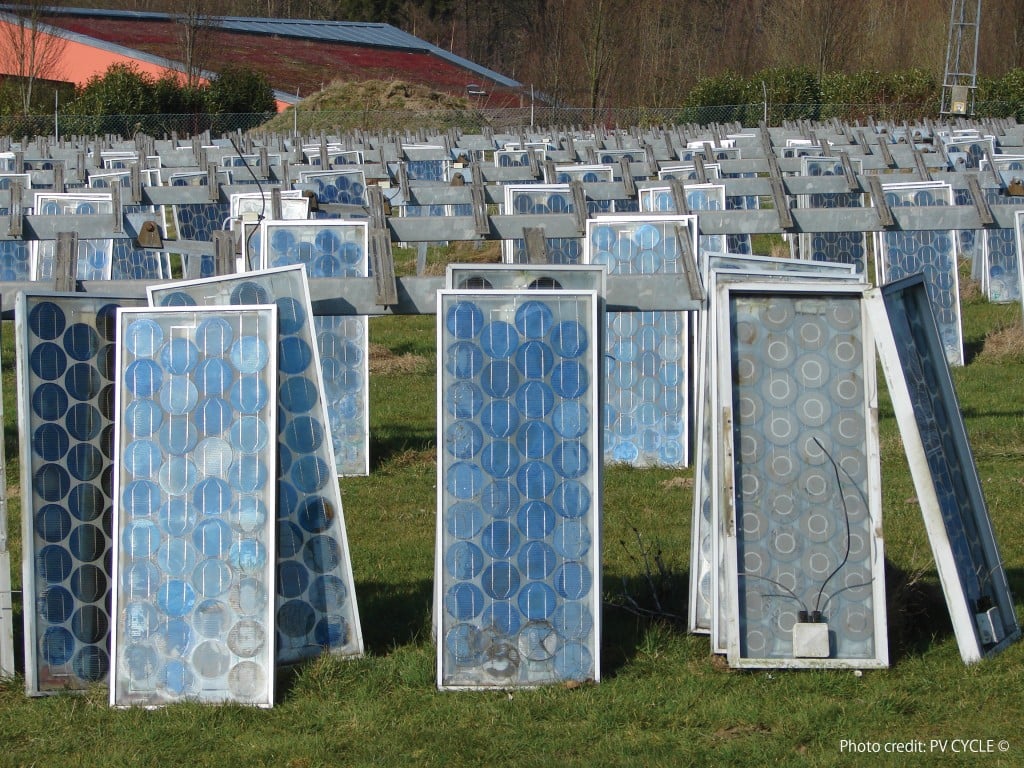
Negotiating photovoltaic (PV) module warranties can seem like a complicated task with blurred lines separating fact and fiction. Making the wrong choices could see a project saddled with hidden clauses, often unnecessary coverage, and false promises.
The warranty usually reflects a manufacturer’s confidence in its product, and it needn’t be a leap of faith if asset owners, lenders, developers, and EPC (engineering, procurement and construction) firms focus on three critical factors.
Unlock unlimited access for 12 whole months of distinctive global analysis
Photovoltaics International is now included.
- Regular insight and analysis of the industry’s biggest developments
- In-depth interviews with the industry’s leading figures
- Unlimited digital access to the PV Tech Power journal catalogue
- Unlimited digital access to the Photovoltaics International journal catalogue
- Access to more than 1,000 technical papers
- Discounts on Solar Media’s portfolio of events, in-person and virtual
Unicorns Don’t Exist
PV module manufacturers tethering on the edge of financial bankruptcy are by no means a rarity. What impact does this have on warranties? Every manufacturer must maintain a cash warranty reserve to cover warranty claims, but this can be a challenge when the bulk of its financial resources are devoted to servicing debts.
As a result, manufacturers often resort to buying Original Equipment Manufacturer (OEM) insurance to cover warranty obligations. Often touted as a benefit, the reality is that insurance-backed warranties could add to the cost of the modules, while the inclusion of a third layer – and fine print designed to limit payouts – can slow down the claims process.
Critically, these insurance-backed warranties do not always offer Third Party Rights, which allow affected asset owners to receive payments in case of the OEM’s bankruptcy. And, as recent developments have shown, the risk of bankruptcy in the PV business is real.
Watch for the Sirens
Some PV warranties include clauses that may be unnecessary, even redundant, making them look like something that they are not.
Let’s start with workmanship warranties: this governs any defect that is the result of failings in the manufacturing process. These warranties span anywhere between 5 and 25 years, with coverage including repair, replacement or refund at either a depreciated value or at the market price.
It is also important to point out that some defects can negatively impact performance from the moment that the modules are installed; while others may take a year or two to manifest. The reality is that ten years is more than adequate for workmanship defects to come to light and one may argue that longer coverage is redundant to the performance warranty.
Looking at more mature industries – gas turbine manufacturers typically offer no more than a two-year workmanship warranty – a longer warranty usually compensates for the lack of a robust, long-term performance track record.
Beware the Trojan Horse
Manufacturers also provide warranties covering the performance of a module. In case a PV module under-delivers on its power output promise, manufacturers should offer a combination of physical and financial remedies, although hidden clauses may minimise the amount of compensation paid out.
Many module manufacturers will include an option to repair or replace a low-performing module. Significantly, many manufacturers reserve the right to supply used or refurbished modules as replacements. The best policies, however, will offer new modules, free-of-charge, to supplement any shortfall in capacity if a repair is not possible.
Things get a little complex when asset owners seek monetary compensation because the OEMs that offer financial reparation – and many do not – have different ways of calculating their liability.
The commonly accepted approach is for manufacturers to pay the asset owner the value of the shortfall between the actual power output of the affected module and a predetermined power output threshold. This threshold is based on the market price of the module at the time of the claim or the original sales price of the panels – as module prices have steadily fallen, it’s easy to see which option would be of greater value.
Central to this calculation is the Power Warranty Start Value and the Warranted Degradation, which represent the manufacturer’s commitment to the amount of power a module will produce. A robust warranty will account for a Power Start Value of 98% in the first year – in other words, the manufacturer guarantees that the module will deliver at least 98% of its nameplate power output in the first 12 months of its operation. Modules delivering less than 98% are subject to remediation in line with the warranty terms.
Beyond the first year, the module’s performance warranty is benchmarked to the Warranted Power Output level. A module with a no more than 0.5% annual drop in power – which is what the industry’s leading OEMs offer – guarantees that the power output of a module will not reduce by more than 0.5 percent per year, from the second year of its operation. Once again, a degradation that exceeds this limit per year from the third year of operation will attract a penalty, requiring the manufacturer to compensate the asset owner for the shortfall between the actual power output of the affected module and the power output threshold. The payout will be based on the market price of the module at the time of the claim or the original sales price of the panels.
The bottom line is that a warranty is only as good as the remedies it offers. Decision-makers can ensure that they secure the best terms available simply by doing their homework and ensuring that, at the very least, someone picks up the phone when they call the helpline to make a claim.
Timo Moeller is First Solar’s Global Director for Customer Support, Product Field Performance and Commitments.


